Labs and Facilities
Innovation is woven into everything we do. Explore some of our cutting-edge collaboration spaces, labs, and test facilities.

Virtual Tour
Take a guided virtual tour of APL and learn more about our campus and capabilities.
Selected Labs and Facilities
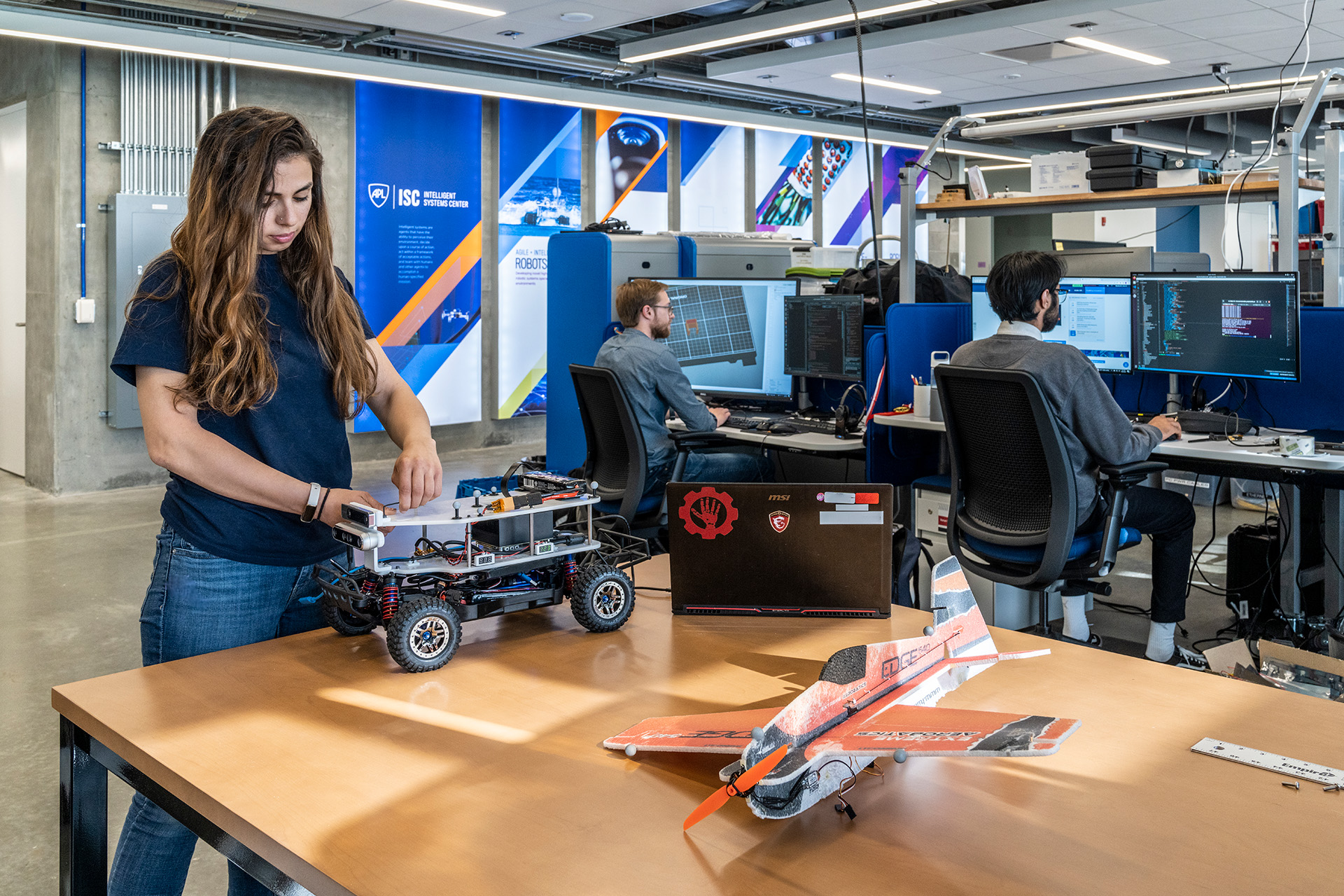
Intelligent Systems Center →
The Intelligent Systems Center (ISC) leverages APL’s broad expertise across national security, space exploration, and health to fundamentally advance the employment of intelligent systems for our nation’s critical challenges. The ISC acts as a focal point for research and development in artificial intelligence, robotics, and neuroscience at APL.

Collaborative Analysis Center → National Security Analysis
A secure setting for immersive collaborative analysis, gaming, and strategy events to tackle challenges in national security, space exploration, and more.
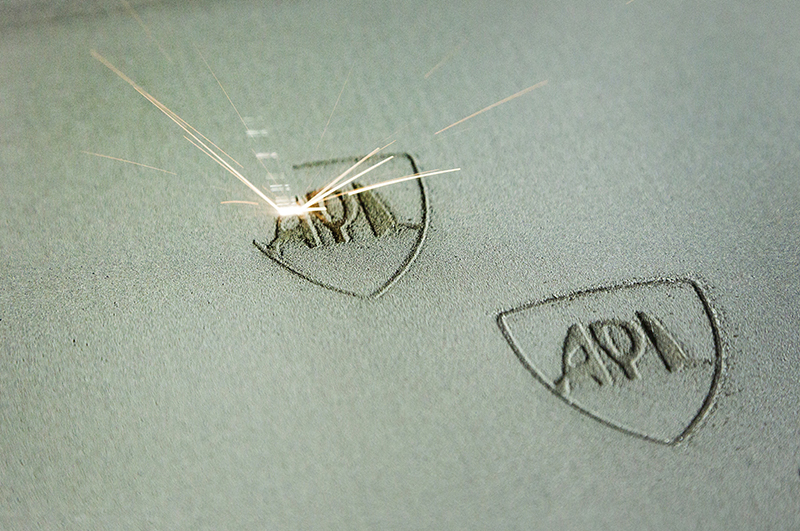
Design, Engineering, and Fabrication →
At APL, our culture of taking bold risks, brought to life through inventive prototyping and informed by deep technical expertise, is the basis for our efforts to not merely anticipate the future, but create it. Learn more about APL’s design, engineering, and fabrication capabilities.

Research and Exploratory Development Facilities →
Our Research and Exploratory Development Mission Area conducts pioneering research targeting breakthroughs to benefit national security missions.
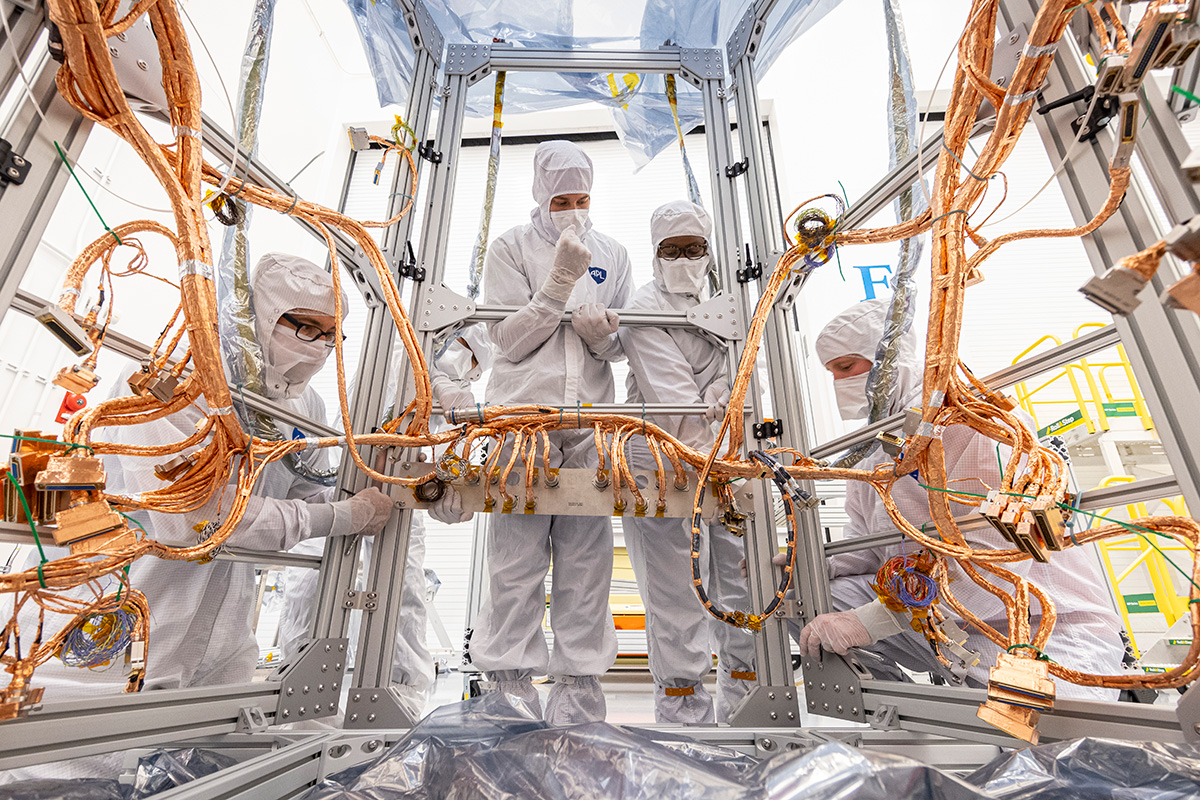
Space Labs and Facilities →
APL is recognized as a leader in mission design and navigation; instrument development; mechanical engineering; mechanical design, thermal, and instrument accommodation; communications hardware; electrical subsystems and power; precision timekeeping devices, mission operations, and scientific research. Our facilities are essential to support our spaceflight build process and scientific discoveries.
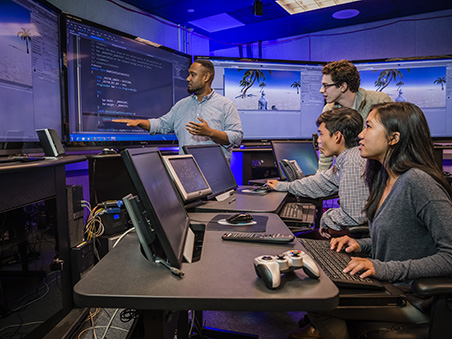
Augmented Reality Environment at APL (ARENA)
ARENA is a visual-simulation test and demonstration facility, made to showcase the interactive virtual environments that APL develops for military training. For example, the Virtual Instructor project, which can train sailors to launch weapons for submarines, can be displayed across the multitude of screens in the room or used with virtual reality technology to provide an immersive demonstration of the application.
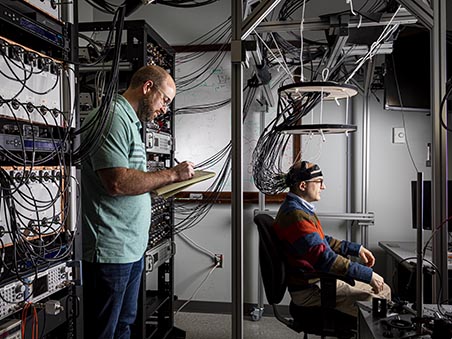
Brain-Computer Interface Lab
The Laboratory has developed a significant brain–computer interface (BCI) research program as a continuation of its groundbreaking work leading the Defense Advanced Research Projects Agency’s Revolutionizing Prosthetics program. Building on research undertaken in creating the world’s first neurally controlled prosthetic limb, APL has brought together experts in multiple fields to envision and create world-class, noninvasive, optical imaging BCI technologies. In February 2017, APL and Johns Hopkins Medicine researchers used brain–computer interfacing to show they can directly observe concepts in the human brain.
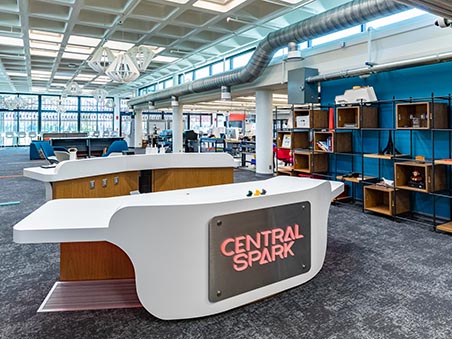
Central Spark
Central Spark is a 24/7 innovation space, giving staff the freedom to pursue direct, indirect, and personal endeavors with minimal rules, promoting creativity and experimentation. The brand-new Central Spark facility provides 9,000 square feet of collaboration space, with over 3,000 staff visits per week. Central Spark combines the capabilities of virtual, augmented, and extended reality development, electronic circuitry capabilities, rapid physical fabrication, and human-centered design, and also offers gathering space for breaks and conversation.

Combat Systems Evaluation and Minotaur Laboratories
The Combat Systems Evaluation Laboratory supports developers who prototype, test, and field solutions for combat identification, area air defense, time-sensitive targeting, and surface surveillance. The Minotaur Laboratory adds to this capability by enabling engineers to participate in fleet exercises and operations, and to perform remote diagnostics of shipboard systems.
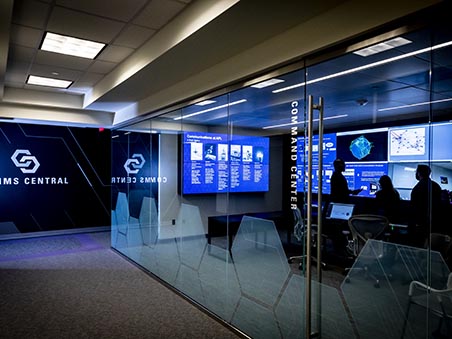
Communications Central
The Communications Central facilities provide a platform to test and develop the decision-making and central management needed for and enabled by communication systems for missions of critical national importance. From the Command Center, our sponsors can see a mission’s information flows and can understand and control the communications environment.
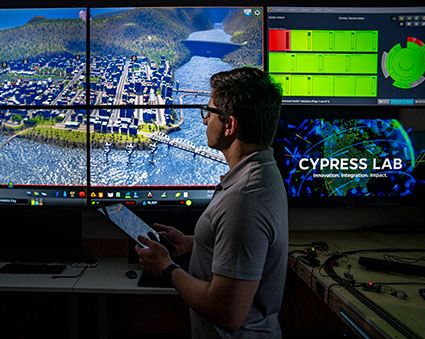
CYPRESS Laboratory
CYPRESS (Cyber-Physical Resilient Systems Solutions) Laboratory is a premier facility where our nation’s most critical industrial control systems are evaluated, tested, and reimagined to survive any type of attack or failure. CYPRESS features a collection of reconfigurable, high-fidelity testbeds spanning a diverse set of critical infrastructure sectors including wastewater treatment, transportation, and power systems.
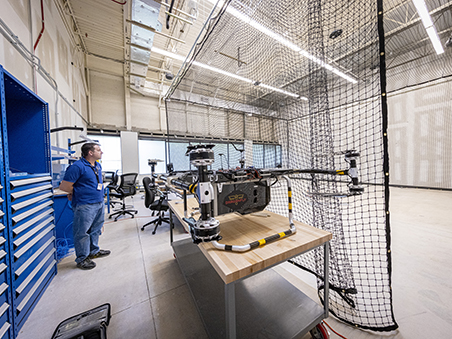
Dragonfly Flight Lab
In the Dragonfly Flight Laboratory, engineers are developing the flight control system and navigation algorithms for NASA’s revolutionary Dragonfly rotorcraft-lander mission to Saturn’s moon Titan. The indoor facility has a 900-square-foot flight area for testing, integration, and maintenance of two half-scale Dragonfly flight vehicles and a thrust test stand used to evaluate motor and propeller performance. Dragonfly marks the first time NASA will fly a rotorcraft for primary science on another world.

Hydrodynamics Research Laboratory
The Hydrodynamics Research Laboratory was established decades ago to help the Navy and other government sponsors understand the phenomenology behind hydrodynamics challenges—a critical mission that continues today.
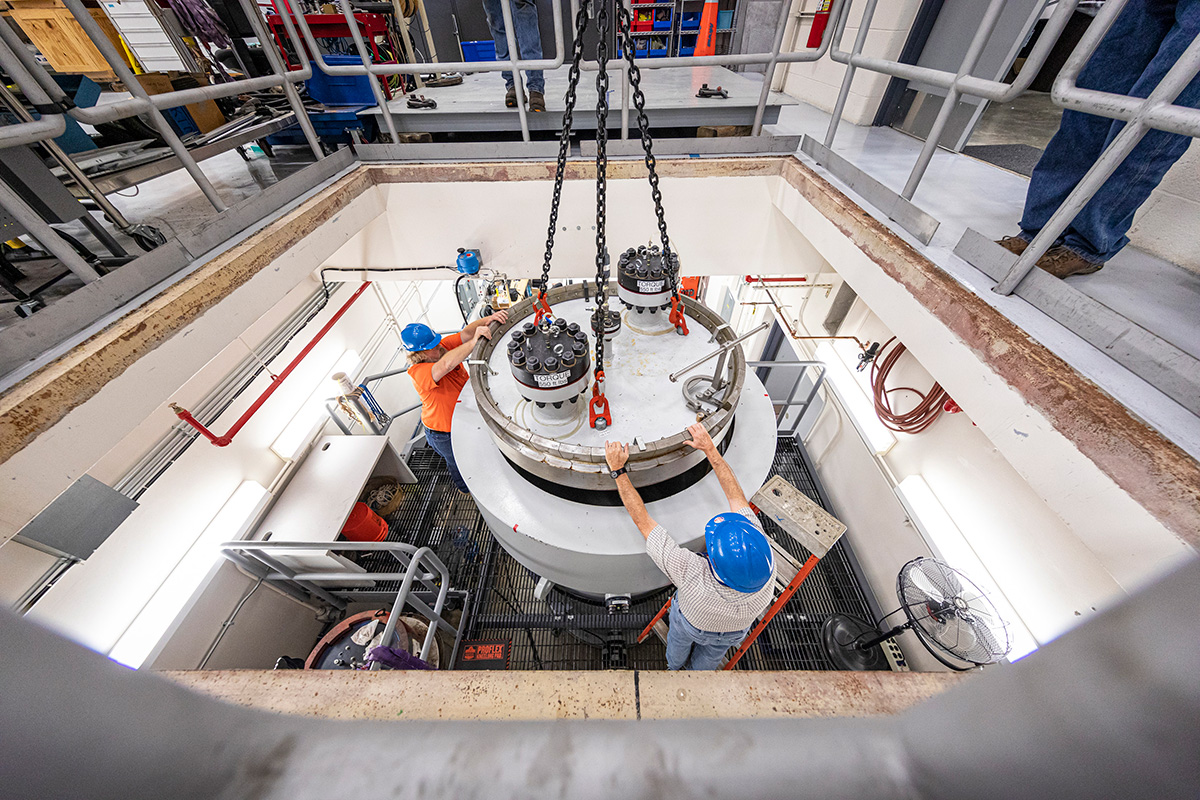
Hydrostatic Testing Facility
The Hydrostatic Testing Facility contains two main assets—a large, high-pressure tank and two small, high-pressure vessels. For material sample testing or individual component verification requiring salt water, the two vessels, otherwise known as the Little Dipper and Big Dipper, can be pressurized up to 2,000 pounds per square inch.
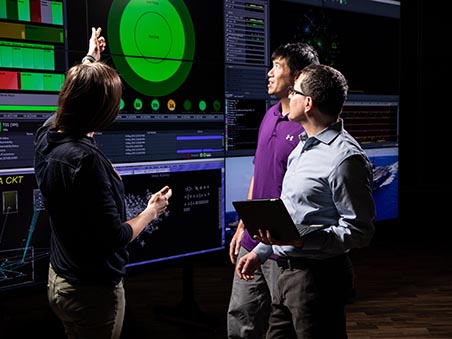
Live Data, Integration, Validation, and Experimentation (LIVE) Lab
The LIVE Lab allows researchers to visualize data on information networks and use automated pattern recognition to discover anomalies that indicate cyberattacks. LIVE Lab features a suite of tools to help cyber operators detect, understand, and respond to cyberattacks across many platforms and applications.
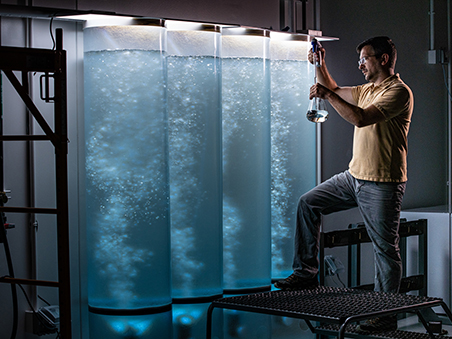
NAMI
The NAMI facility is a first-of-its-kind laboratory that unlocks the power of biology for national and environmental security. With aquariums sized from 10 to 1,000 gallons, and the capability to make up to 10,000 gallons of its own seawater per day, the space is home to a wide variety of organisms—from barnacles and mussels to crabs, coral, and algae species. While much of their work in NAMI (short for tsunami) focuses on national security challenges, researchers are also tackling issues related to climate change, studying the environmental impact of technologies such as antifouling coatings, and performing basic research of organisms in controlled settings.
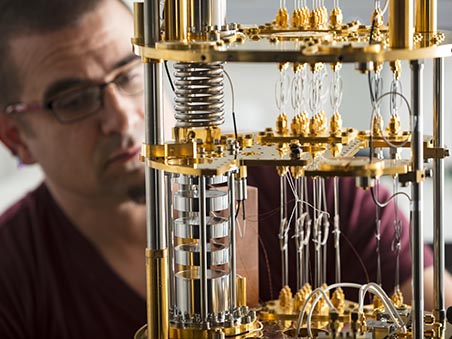
Quantum Devices Laboratory
The Quantum Devices Laboratory is a key resource for addressing critical challenges in quantum information science. State-of-the-art microwave, cryogenic, and quantum control technologies enable researchers to test new theories and devices critical to harnessing the power of quantum for computing and sensors.
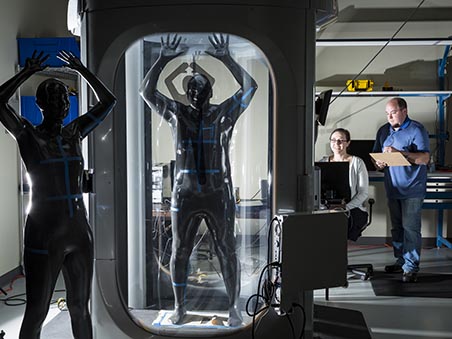
Research Advancing Physical Threat Reduction (RAPTR) Laboratory
The RAPTR laboratory facilitates technological innovation aimed at combating physical threats to public spaces—so-called “soft targets”—through activities ranging from applied research to prototype integration to system testing and evaluation.
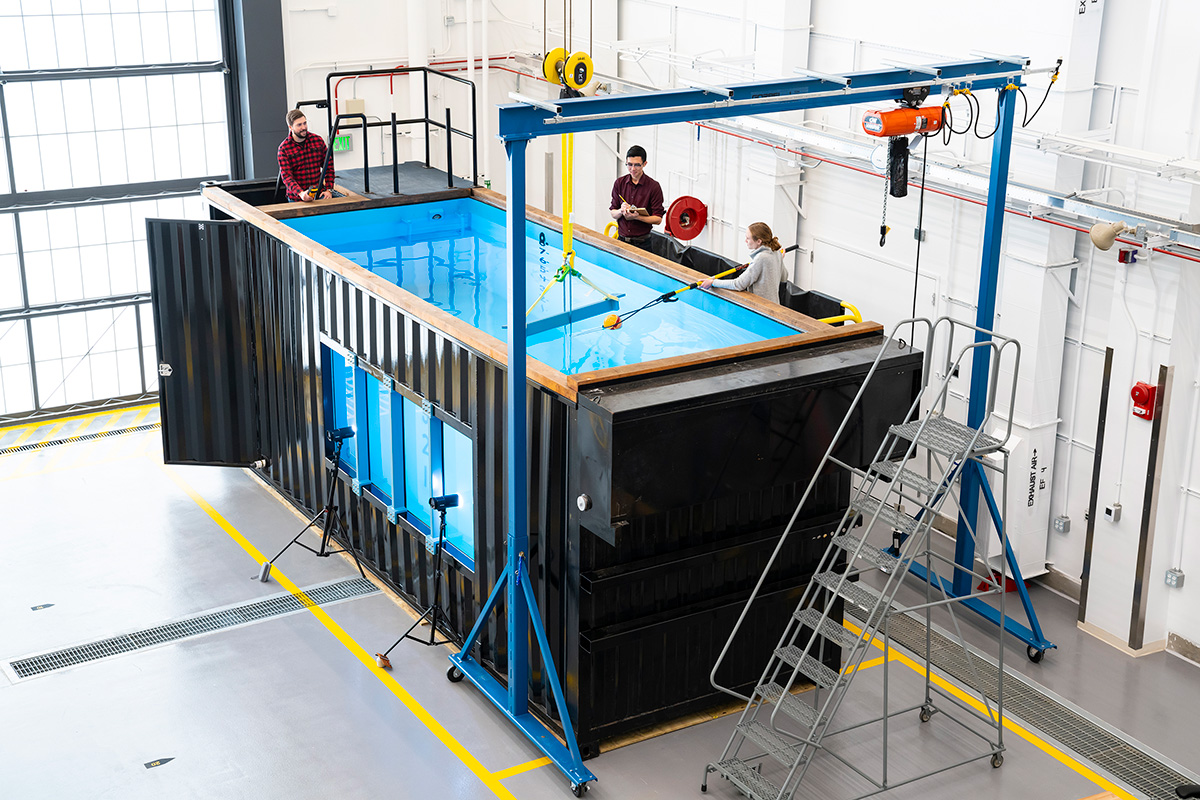
Saltwater Test Tank
This 10,000-gallon tank enables critical subsea system testing prior to deployment and rapid prototyping of subsea systems. The test tank is located within APL’s high bay—a 4,000-square-foot, climate-controlled space used for active project support tasks, such as fabrication, assembly/disassembly, equipment testing, maintenance, and field test preparations.

Space Simulation and Vibration Test Labs
The Space Simulation Laboratory replicates the operating conditions of space, and engineers use the Vibration Test Laboratory to perform structural qualification testing to ensure space systems can withstand the rigors of launch and operation. Our testing philosophy—test as you fly, fly as you test—has enabled the remarkable longevity of APL’s spacecraft and instruments.